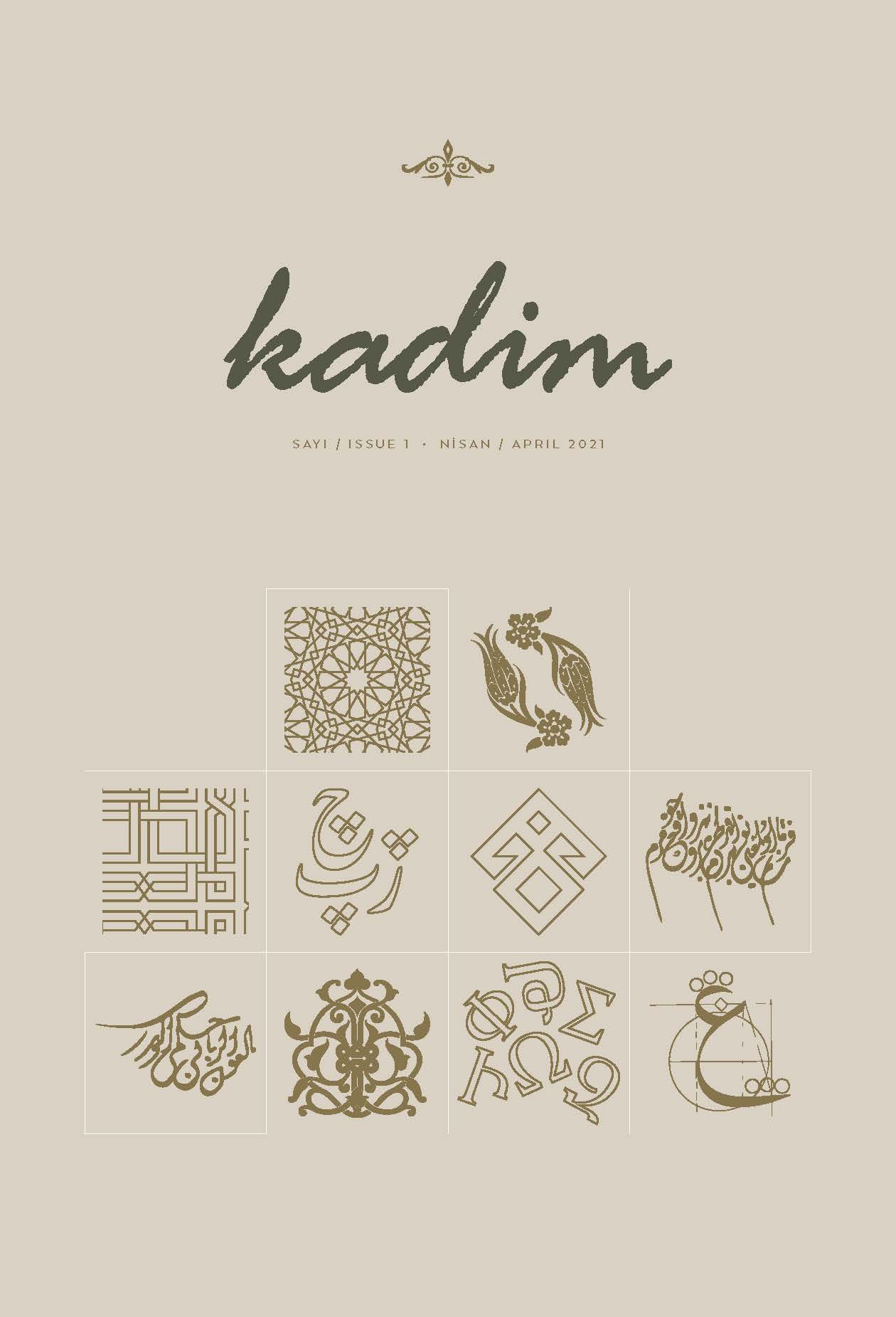Etiyopya'nın Osmanlılarla İlişkisi: Düşmanlıktan Anlayışa
Etiyopya, Osmanlı, İlişkiler, Kızıldeniz, Düşmanlık
Ethiopia’s Relation with the Ottomans: From Hostility to Understanding
___
- Abir, Mordechai. “The Origins of the Ethiopian-Egyptian Border Problem in the Nineteenth Century”. The Journal of African History 8/3 (1967), 443-461.
- Abir, Mordechai. Ethiopia and The Red Sea: The Rise and Decline of the Solomonic Dynasty and Muslim European rivalry in the Region. Great Britain: Frank Cass and Company Ltd., 1980.
- Ali, Abdu Muhammed. Etiyopya-Türkiye İlişkileri: Karşılıklı Şüphe ve Anlaşmazlıktan Karşılıklı Anlayış ve İşbirliğine. Ankara: Hacettepe Üniversitesi, Institute of Social Sciences, Ph.D. Thesis, 2012.
- Ancel, Stéphane. “The Ethiopian Orthodox Community in Jerusalem: New Archives and Perspectives on Daily Life and Social Networks, 1840–1940”. Ordinary Jerusalem 1840–1940: Opening New Archives, Revisiting a Global City. eds. Vincent Lemire - Angelos Dalachanis. Brill, 2018.
- Beckingham, C.F. - Huntingford, G.W.B. Some Records of Ethiopia 1593-1646 Being Extracts from the History of High Ethiopia or Abassia by Manoel de Almeida Together With Bahrey’s History of the [Oromo]. London: Hakluyt Society, 1961.
- Beshah, Girma - Wolde Aregay, Merid. The Question of the Union of the Churches in Luso Ethiopian Relations (1500–1632). Lisbon: Junta de Investigaçoes do Ultramar and Centro de Estudos Historicos Ultramarinos, 1964.
- Dombrowski, Franz Amadeus. Ethiopia’s Access to the Sea. Leiden: E.J. Brill, 1985.
- Donzel, Van. Foreign Relations of Ethiopia 1642–1700: Documents Relating to the Journeys of Khodja Murād. Istanbul: Nederlands Historisch-archaeologisch Instituut, 1979.
- Erlich, Haggai. Ethiopia and the Middle East. London: L. Rienner Publishers, 1994.
- Erlich, Haggai. “Islam, Christianity, Judaism and Ethiopia: The Messages of Religions”. The Fifth Annual Levtzion Lecture (2013), 1-28.
- Huntingford, G.W. The historical geography of Ethiopia from the first century AD to 1704. Oxford: Oxford University Press, 1989.
- Karpat, Kemal. H. The Politicization of Islam: Reconstructing Identity, State, Faith, and Community in the Late Ottoman State. Oxford: Oxford University Press, 2001.
- Marcus, Harold G. A History of Ethiopia. Berkeley: University of California Press, 1994.
- Orhonlu, Cengiz. Osmanlı İmparatorluğu’nun Güney Siyaseti Habeş Eyaleti. Ankara: Türk Tarih Kurumu Basımevi, 1996.
- Pankurst, Richard. The Ethiopian Royal Chronicles. London: Oxford University Press, 1967.
- Pankhurst, Richard. “Menilek and the Utilisation of Foreign Skills in Ethiopia”. Journal of Ethiopian Studies 5/1 (January 1967), 29-86.
- Sarınay, Yusuf. Ottoman Archives and the Ethio-Ottoman Relations. Ankara: Başbakanlık Devlet Arşivleri Genel Müdürlüğü. 2001.
- Sebsebe, Muzeyin Hawas. “Ethiopia and the Rising Powers: A Case Study on the Post-Cold War Era Ethio-Turkish Relations”. Akademik Hassasiyetler Dergisi 2/3 (2015), 83-98.
- ISSN: ISSN 2757-9395 | e-ISSN 2757-9476
- Yayın Aralığı: 2
- Başlangıç: 2021
- Yayıncı: Burhan Çağlar
Osmanlı İmparatorluğu'nda Ulaşım ve İletim Örgütlenmesi
İlim Yolunda Bir Hayat: Rifa‘at ‘Ali Abou-El-Haj
Evrensel Bir Osmanlı Tarihçiliği Mücadelesi Veren Rifa’at Ali Abou-El-Haj’ın Ardından
Tuna Kaptanı Bıyıklı Ali Paşa’nın Çok Eşliliği ve Mirasının Taksimi
Nişancızâde’nin Mir’âtü’l-Kâinât Adlı Eserinde Osmanlı Tarihi Kısmına Dair Tespitler
Mahremiyet ve Kazanç Arasında Osmanlı Kadını
